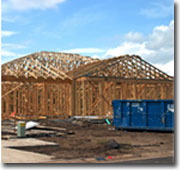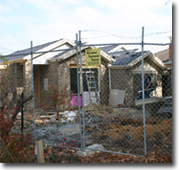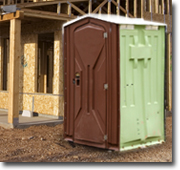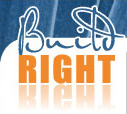Temporary services
Councils and OHS requirements make it a condition of the building contract for the following temporary services to be supplied from the start of the building process:
- Temporary electrical pole or power box built into its permanent position. If a slab is being poured on the ground, the power is brought on-site and the power board is put into its permanent place. Sometimes the location of the existing service will determine this. The set back distance and overhead or underground supply need to be considered
- Chemical toilet, which in certain circumstances needs to be permanently plumbed
- Waste bin
- Temporary fencing around the site so that the public does not have access
- Water tapping to supply water to the site. This may be a short tapping (on the same side of the street) or a long tapping which requires piping under the road (if supply is on the other side of the street)
- Seepage barriers (in some cases) across the front of the site to stop water and soil running onto the footpath
- 'Tiger strips' if work is to take place close to overhead powerlines
- Barricade to meet the local municipal by-laws. If the site cut The site cut is the excavation required for levelling a site, or for building a basement or underground garage. is over one metre, a barricade is erected to prevent public access. If the site cut is less than one metre, a temporary fence is erected.
If more than 10 workers are to be employed at any one time, the OHS requirements are much more stringent in relation to amenities and facilities.
Temporary services and site accommodation requirements need to be determined as part of the plant and equipment requirements. Generally these factors have been built into the quote, however, a site supervisor must be aware of these points.



